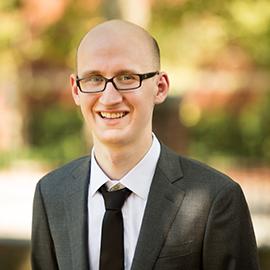 By Gita Smith
By Gita Smith
In New York State, students of different racial/ethnic and economic backgrounds generally attend schools along lines of segregation, a problem that the state, city of New York, and local districts want to solve. Over the years, a number of integration plans have been tried. Two highly segregated middle school districts in particular caught the interest of Daniel Dench, assistant professor at Georgia Tech’s School of Economics. These were District 3 in Manhattan and District 15 in Brooklyn, among the most racially and economically diverse of NYC’s 32 community school districts.
Dench, along with co-authors Jesse Margolis and Shirin Hashim, examined the integration plans according to economic and racial segregation. They developed the website IntegrateNY.org to help school districts design, implement, and track their own integration programs.
One way to break segregation is to use a system called “controlled choice” in which parents rank the schools they want their children to attend. This helps students from low-income households get into schools where the student body is generally more well off. Using controlled choice for admission into sixth grade in 2019-20 in District 15, economic segregation decreased by 55% and racial segregation decreased by 38%.
In District 3, however, economic segregation in sixth grade decreased by 8% and racial segregation 5%, considerably less of an improvement than District 15. What could have made the difference? Dench notes that District 15 dropped academic screens from middle schools’ admissions, while District 3 retained them. As well, District 15 set more aggressive targets, prioritizing economically disadvantaged students for 52% of sixth grade seats, compared to 25% in District 3.
The study concludes that a significant drop in segregation is possible using a carefully designed and implemented plan. Dench’s research is important because it shows how the details matter. For, while District 3’s plan seems similar to District 15’s on the surface – both introduced controlled-choice registration – it continued to use academic screening, which favored students who had previously attended wealthier school districts. And District 3 set a target half the size of District 15’s for enrolling economically disadvantaged students.
Read more Featured Research from the School of Economics.
